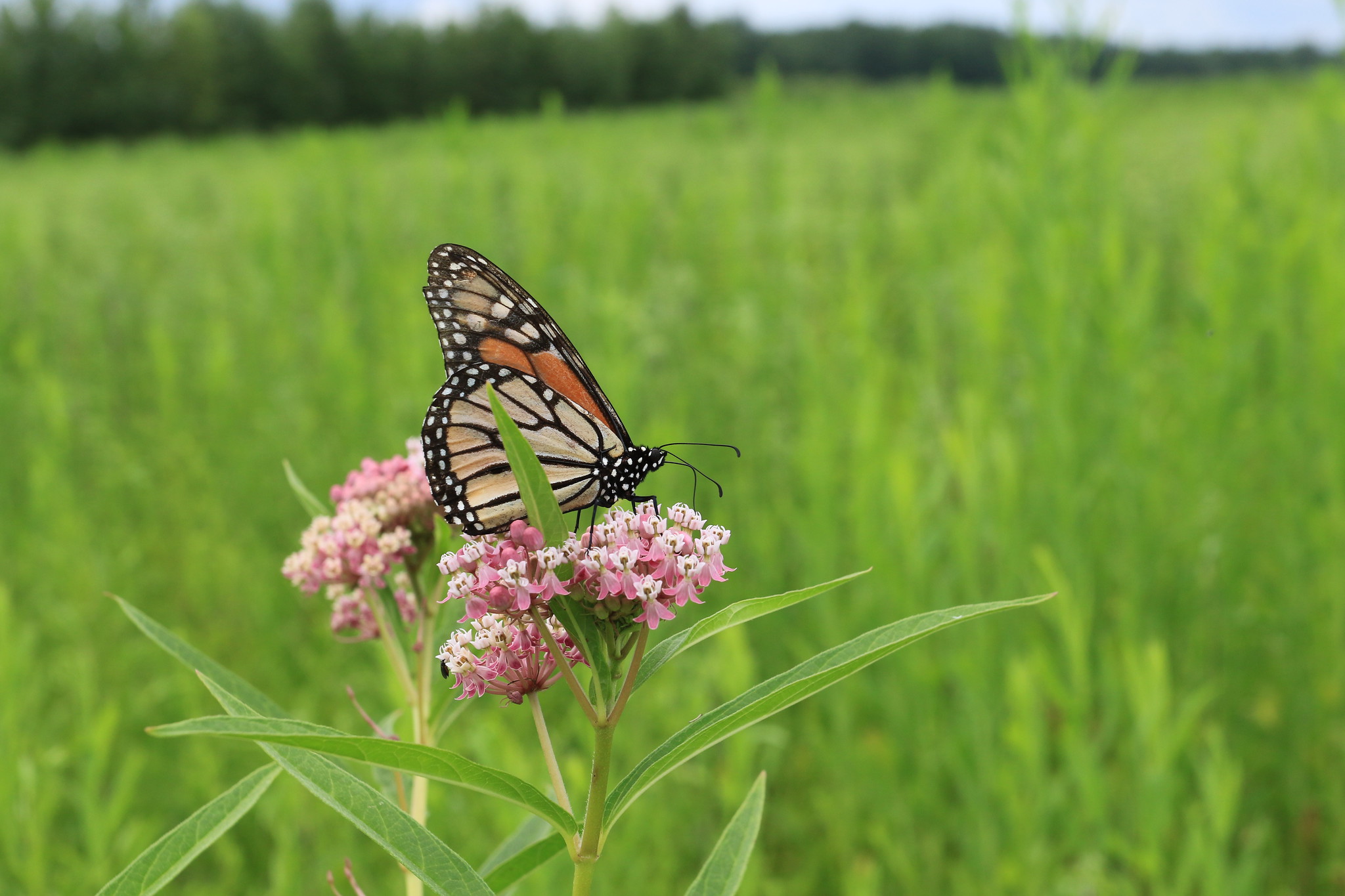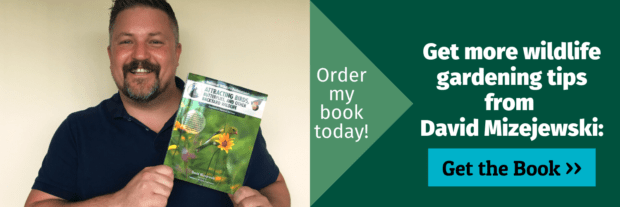We have much more to do and your continued support is needed now more than ever.
5 Ways You Can Help Eastern Monarchs

The once-common monarch butterfly has suffered steep population declines across North America in the last few decades. Both the eastern and western populations of these migratory butterflies are in real trouble.
Each spring, the eastern population migrates from the mountains of Mexico, where they spend the winter dormant, and repopulates the rest of North America east of the Rockies as far north as southern Canada.
The Monarch Butterfly Biosphere Reserve and World Wildlife Fund assess the population before spring migration begins and have announced the results of this year’s count.
Unfortunately, the population suffered a 26 percent decline over last year. The good news, however, is that last year’s population was large enough to allow this drop without moving the species to even lower numbers—like the ones reported in 2014. This has been made possible in part by the continuing aggressive conservation efforts of hundreds of citizens, volunteers, and conservationists in North America, which are imperative if we want to see an improvement in the state of monarch butterfly populations.

It’s Not Too Late to Save Eastern Monarchs
A primary cause of monarch decline is habitat loss. Monarchs need blooming native wildflowers, trees and shrubs which provide nectar for the adult butterflies to feed upon, as well as native milkweed plants that are the sole food source for monarch caterpillars. The conversion of natural habitat into cropland, highways, and suburban landscapes dominated by lawns, non-native plants, and pesticides is taking a steep toll.
If you live east of the Rockies, you can help the eastern monarch. It’s relatively easy to create monarch habitat in your own yard, garden and throughout your community. When we each make an effort to restore habitat right outside our doors, it can add up to big benefit to monarchs.
Five Ways to Help Eastern Monarchs
Here are five ways you can get involved helping restore habitat for monarchs right outside your door:
- Plant Milkweed – Milkweed is the only food source for monarch caterpillars. By planting it in your yard or other garden spaces in your community, you’ll provide monarchs with a critical resource so they can successfully reproduce and rebuild their populations. Always plant species native to your specific area. Species such as swamp milkweed (Asclepias incarnata), purple milkweed (A. purpurascens), whorled milkweed (A. verticillata) and even common milkweed (A. syriaca) are native over much of the East. Don’t plant non-native tropical milkweed (A. curassavica) which can be problematic. Get a list of native eastern milkweed species.
- Provide Nectar – Adult monarchs feed on flower nectar. In addition to milkweed, which provides nectar as well as being a food source for monarch caterpillars, plant other native blooming wildflowers, trees, and shrubs so adult monarchs have a food source. Get a list of native nectar plants for monarchs.
- Don’t Use Pesticides – Monarchs are insects and broad-spectrum insecticides will kill them, both as caterpillars as well as in their adult butterfly form. Herbicides will kill the monarchs’ food sources. Commit to using pesticide-free organic gardening techniques at home. Get tips on pesticide-free gardening.
- Reduce Lawn – Lawns provide no habitat to monarchs and lawn care pesticides can kill them. Lawns also require large amounts of water to remain green, which wastes this precious resource. Replace lawn with beds of native blooming plants (including milkweed) adapted to local rainfall levels to help boost monarch numbers. Find out how to reduce your lawn.
- Join the Mayor’s Monarch Pledge – Contact your local elected officials and ask them to sign on to our Mayor’s Monarch Pledge to make the community-wide commitment to adopt practices that will support western monarchs. Learn how to participate in the Mayor’s Monarch Pledge.
The National Wildlife Federation will continue our multi-pronged approach to saving monarch butterflies. In addition to encouraging all Americans to restore monarch habitat in their own yards, gardens and communities, we are working to protect and restore monarch habitat throughout their migratory corridors, hosting state monarch summits, calling on Congress to enact a “Sodsaver” program in the next Farm Bill to protect America’s remaining native grassland habitats from conversion to cropland, fighting climate change which is impacting western monarch habitat, and working with school districts to educate children about the monarch life cycle, migration and habitat needs.
More: Learn how monarch butterfly populations are measured.
Support our work to recover and protect monarchs:
Donate!























